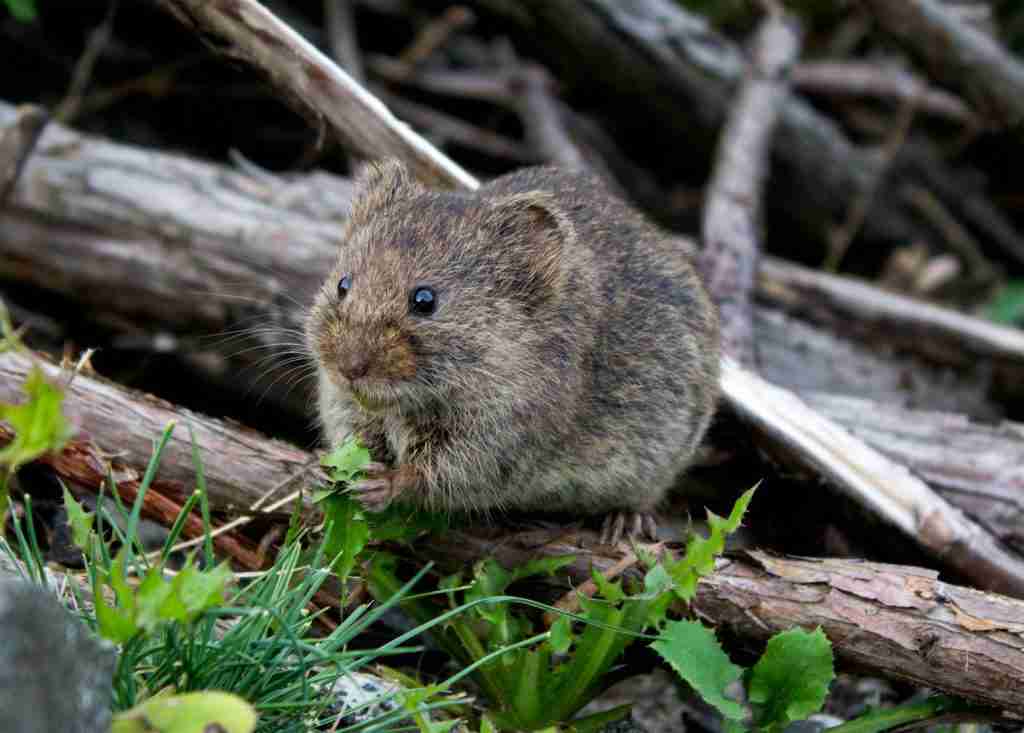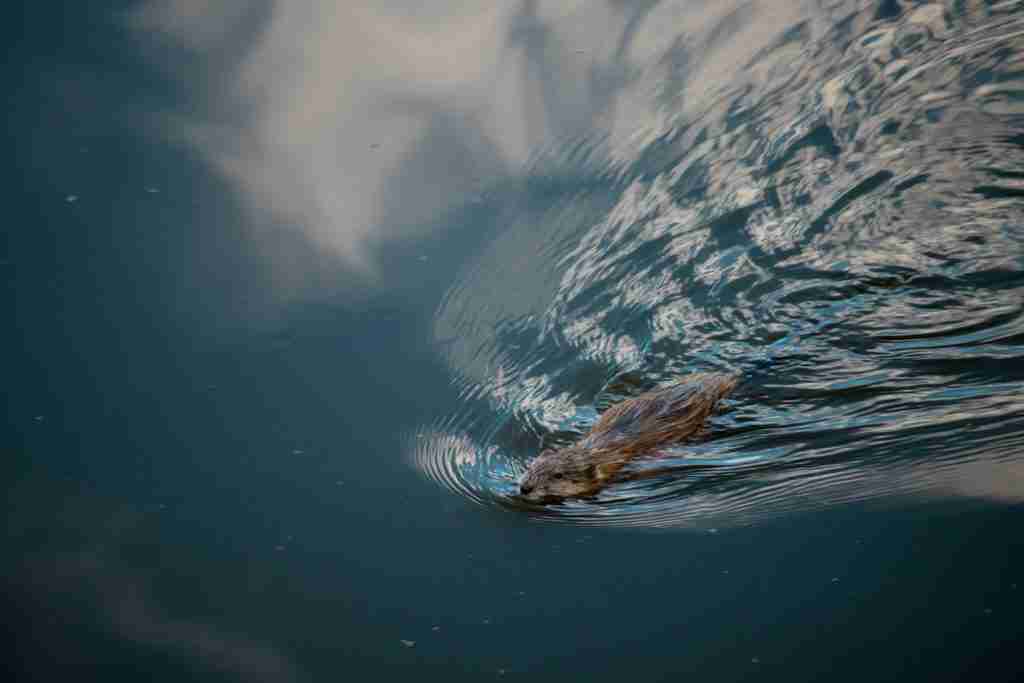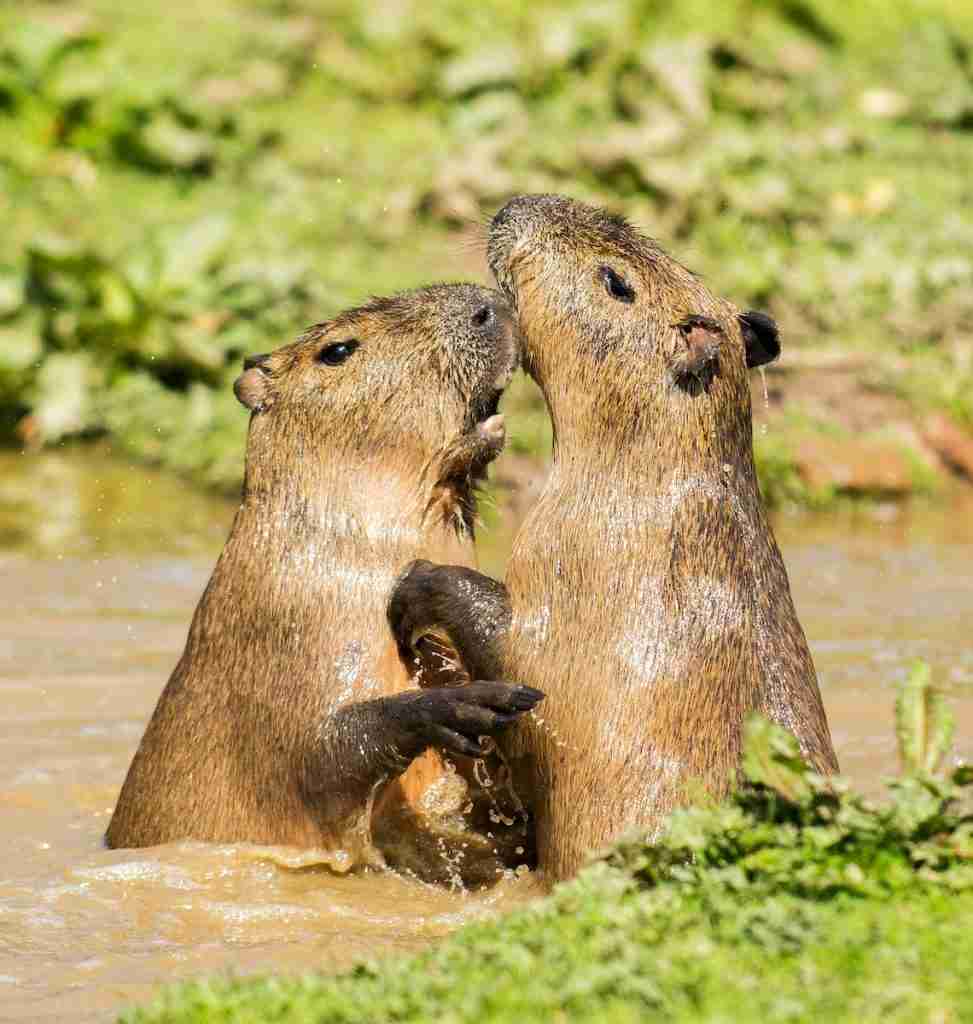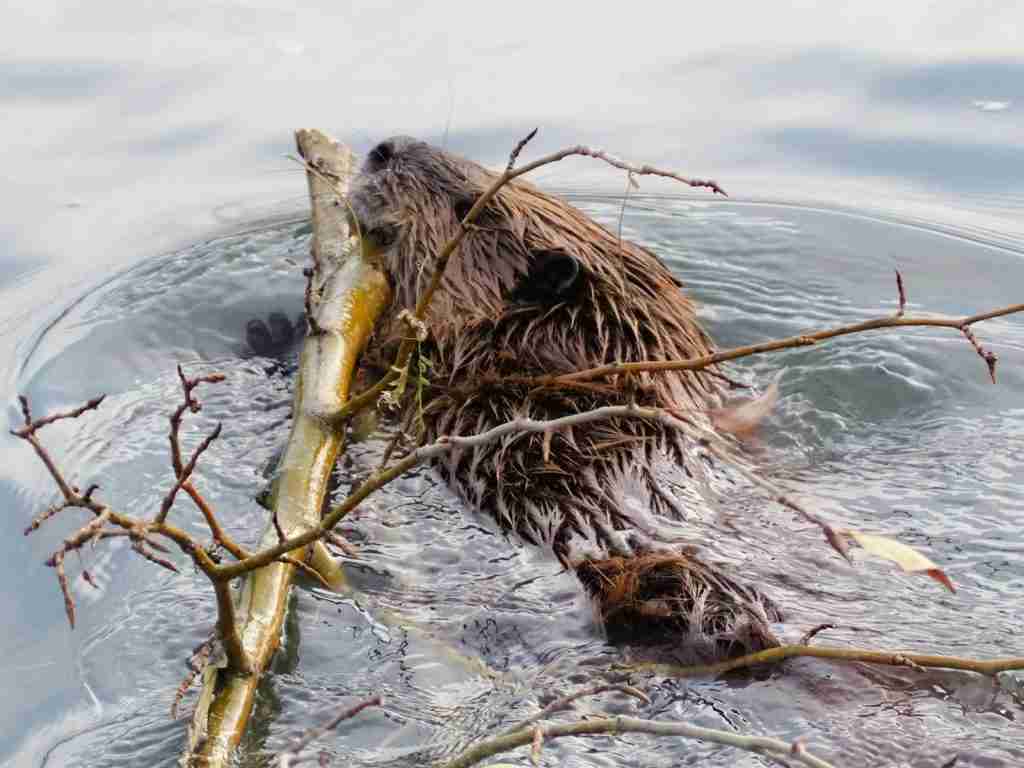26 Fun Facts About Beavers | Nature’s Engineers
1. Beavers are the second-largest rodent in the world.
After the capybara, beavers are the second-largest living rodents on Earth.
They can weigh up to 60 pounds and measure over a meter long.
2. A group of beavers is called a colony..
Beaver colonies consist of the mating pair, their current offspring, and sometimes yearlings from the previous season.
Colonies work together to build habitats and find food.
3. Beavers play a critical role in forest ecosystems.
By felling trees and creating wetlands, they shape forest landscapes and habitats.
This activity promotes biodiversity and supports various wildlife species.
4. Beaver’s teeth never stop growing.
Their teeth continuously grow throughout their life, which is essential for gnawing on wood.
Chewing on trees helps keep their teeth from becoming too long.
5. Beavers use their tails to communicate.
Their tails serve as a communication tool, slapping the water to warn of danger.
This tail slap can be heard over long distances both above and below water.
6. Beavers are natural engineers.
They are known for building intricate dams, canals, and lodges.
These constructions demonstrate remarkable engineering skills and alter their environment significantly.
7. Beavers have poor eyesight but excellent senses of smell and hearing.
While their vision is not the best, their sense of smell and hearing are highly developed.
This sensory adaptation is crucial for their survival and navigation in aquatic environments.
8. Beavers have a vegetarian diet.

They primarily feed on tree bark, leaves, and aquatic plants.
This diet is supplemented by roots, buds, and other plant materials.
9. Beavers help control river and stream erosion.
By building dams, they slow down water flow, reducing erosion and sediment movement.
This activity can help stabilize river banks and improve water quality.
10. Beavers have a thick layer of fat for insulation.
This fat layer helps them survive in cold water during winter months.
It provides both buoyancy and insulation, enabling them to thrive in harsh climates.
11. Beavers have transparent eyelids that act like goggles which is one of interesting fun facts about beavers.
These transparent eyelids, equipped with Beavers Facts, enable them to see underwater while safeguarding their eyes.
This feature is akin to built-in goggles, enhancing their vision in aquatic environments.
12. Beavers can stay underwater for up to 15 minutes.

They have specialized adaptations that allow them to remain submerged for extended periods.
This ability is crucial for their aquatic lifestyle and construction activities.
13. Baby beavers are called kits.
Kits are born fully furred and with open eyes, ready to swim in a few days.
They stay with their parents for up to two years.
14. Beavers have a special oil to waterproof their fur.
They produce an oily substance to coat their fur, keeping them dry and warm in water.
This oil is applied through meticulous grooming using their claws and teeth.
15. Beaver dams can be massive.
Some beaver dams are enormous, with the largest recorded being over 2,790 feet long.
These structures can be seen from space and are a testament to their building prowess.
16. Beavers mate for life.

This bonding is essential for cooperative parenting and dam building.
They are monogamous, typically forming lifelong pair bonds.
17. Beavers have a unique way of storing food for winter.
They create underwater food caches near their lodges to access during the frozen months.
This strategy ensures a steady food supply when ice covers their habitat.
18. Beaver lodges have underwater entrances.
Their homes are accessible only through underwater entrances, protecting them from predators.
Lodges are cozy, with a dry living chamber above water level.
19. Beavers help mitigate flooding.
Their dam-building activities can reduce the impact of flooding by slowing down water flow.
This natural water management is beneficial in flood-prone areas.
20. Beaver dams help create wetlands.
Their dams can transform landscapes, creating wetlands that benefit other species.
These wetlands are crucial for biodiversity and ecosystem health.
21. Are beavers nocturnal?
Yes, beavers are primarily nocturnal, meaning they are most active during the night. They build dams and lodges, working on these structures during the darkness.
22. The fur trade drastically reduced beaver populations.
In the 17th and 18th centuries, beaver fur was highly sought after, leading to overhunting.
This trade brought them to near extinction in some regions.
23. Beavers have made a significant comeback in recent years.
Conservation efforts and changing attitudes have helped their populations recover in many areas.
This resurgence demonstrates the success of wildlife conservation strategies.
24. Beavers help improve water quality.

Their dams filter and clean water, removing pollutants and improving water quality.
This natural filtration system benefits both the environment and human communities downstream.
25. Beavers can drastically change their environment.
Their dam-building activities can transform small streams into sprawling wetlands.
This environmental impact demonstrates their role as a keystone species in ecosystems.
26. Beavers are a symbol of industry and hard work.
Due to their diligent nature, beavers have become symbols of hard work and perseverance.
This symbolism is often used in logos, mascots, and popular culture.
FAQs
Beavers typically live for around 10 to 15 years in the wild, depending on factors such as habitat, predation, and disease.
Beavers have a stout and robust build with a broad, flat tail. They are covered in dense brown fur, have webbed hind feet, and prominent incisors used for gnawing on wood.
Beavers inhabit aquatic environments, including rivers, streams, lakes, and ponds. They construct dams to create suitable habitats for themselves.
Beavers vary in size, but on average, they have a length of about 2 to 3 feet (excluding the tail) and can weigh between 30 to 70 pounds, depending on the species.
Beavers are herbivores and primarily feed on the bark, leaves, and twigs of trees and shrubs. Their diet may also include aquatic plants.







